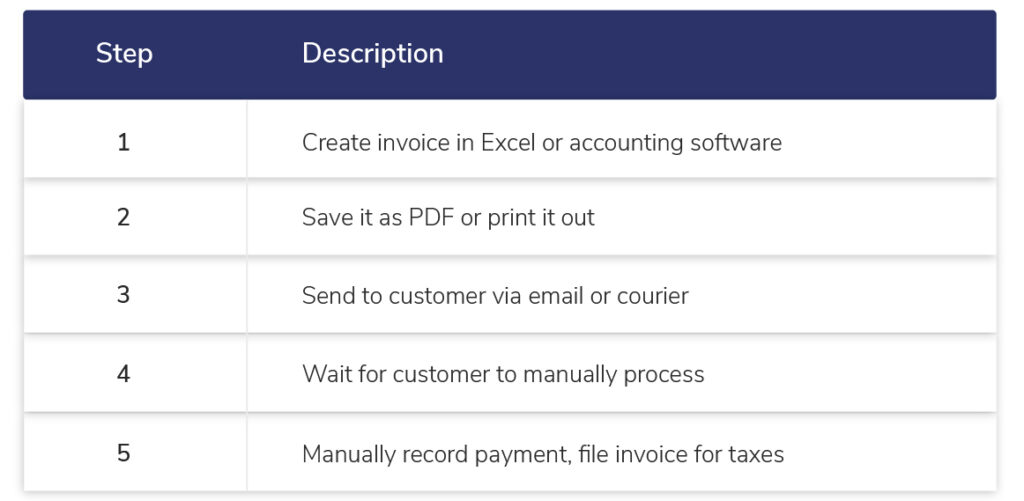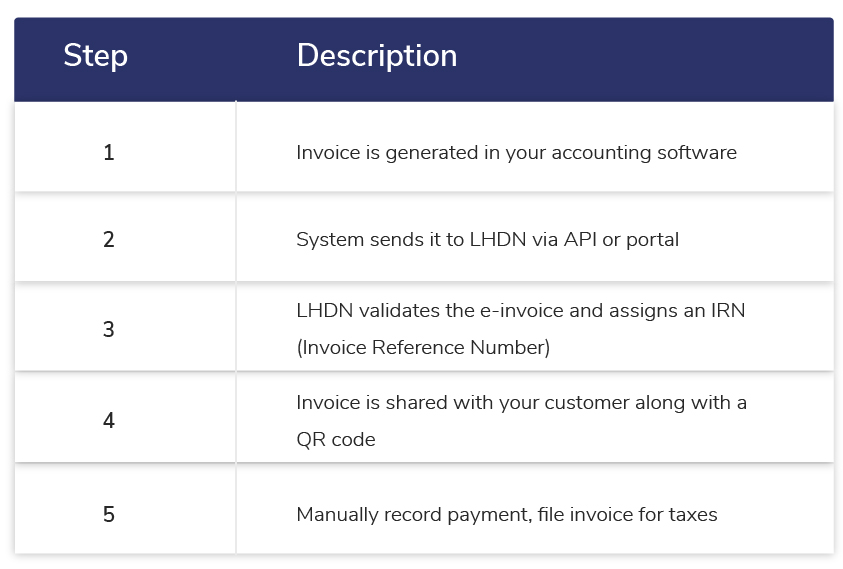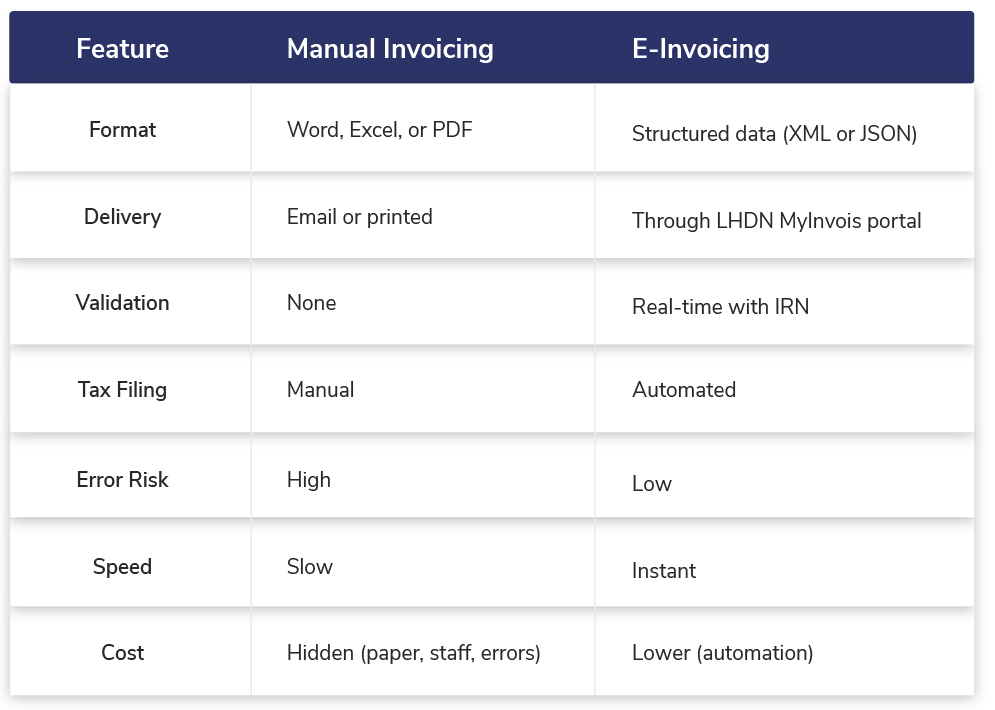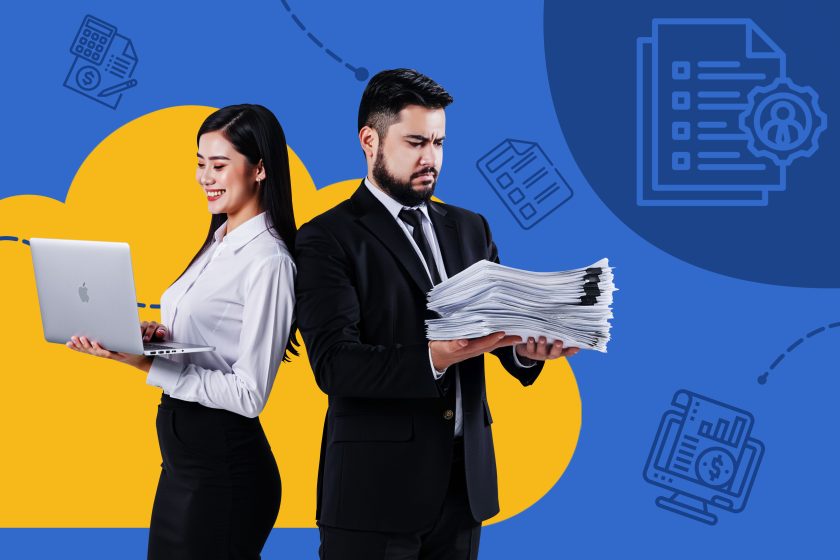If you’ve been running a business in Malaysia, chances are you’ve heard the word “e-invoicing” being thrown around more and more lately. And for good reason — Lembaga Hasil Dalam Negeri (LHDN) is making e-invoice mandatory for all businesses by January 2026. That means, whether you’re a small cafe owner in Penang or running a logistics firm in Selangor, the way you bill, and report income will soon change — permanently.
But before we get started with putting it into action let’s tackle the question we hear most often from Malaysian SMEs:
“How does e-invoicing differ from manual invoicing?”
This blog breaks it down in easy-to-understand terms — with examples, comparisons, and real-world effects.
Manual Invoicing: Familiar, But Outdated
Manual Invoicing: Familiar, But Out-of-Date Many Malaysian businesses still use manual invoicing — SMEs. It involves creating an invoice in Excel or Word saving it as a PDF, and sending it by email or printing it for the customer. It’s well-known and doesn’t need much training to do.
But under the surface manual invoicing brings hidden issues:
- It’s done by hand, so errors like typos wrong calculations, and repeated entries happen often.
- There’s no checking in real time — bills can get lost, arrive late, or have wrong information.
- You’re left with piles of paper or folders of PDFs for audit season.
Manual Invoicing in Action:

It works… until it doesn’t. Especially when you’re juggling 20 clients, tax season hits, or your auditor asks for transaction logs.
E-Invoice: A Digital, Automated Upgrade
E-invoicing involves sending structured e-invoice data right away between companies and tax offices through a digital system.
In Malaysia, this setup works through the MyInvois Portal from LHDN. By 2026, all businesses will need to send invoices through this portal to validate them, keep track of invoices, and report taxes.
E-Invoicing Workflow (Post-January 2026):
 So, what does this mean for you? Less paperwork, fewer human errors, and real-time compliance with tax regulations.
So, what does this mean for you? Less paperwork, fewer human errors, and real-time compliance with tax regulations.
Curious about transitioning smoothly? Read How to Transition from Manual Billing to E-Invoicing with Ease.
Manual vs. E-Invoicing

As the table shows, e-invoicing doesn’t just meet government requirements — it saves time and money in the long run.
Why Is E-Invoicing Mandatory?
The short answer: To close tax gaps and boost transparency.
According to LHDN, e-invoicing will help:
- Improve tax compliance
- Reduce fraud and tax evasion
- Simplify the audit process
- Enable better cash flow tracking for businesses
E-Invoicing will be made mandatory for all taxpayers from 1 January 2026, with an interim relaxation period until 30 June 2026.
The government is introducing e-invoicing step by step. Businesses making over RM100 million will start in August 2024. But by January 1, 2026, all companies must follow this rule, no matter their size. LHDN is giving companies an interim relaxation period until June 30, 2026. This extra time helps businesses adjust to the new system as it kicks off.
Not sure how this applies to your SME? Check out How Can Small Businesses Prepare for E-Invoicing?
Common Mistakes to Avoid
Rushing your implementation can backfire — causing delays, missed payments, or worse, non-compliance. Many businesses in other countries have made these errors during their e-invoicing rollout:
- Using incompatible software
- Not training staff
- Skipping testing or pilot phases
- Not checking for LHDN approval
Our guide on Common Mistakes in E-Invoicing Implementation in Malaysia offers real case studies and tips to avoid these setbacks.
Picking the Right Software To E-Invoice:
Good software is key to e-invoicing success. You need a system that works with LHDN’s MyInvois portal and makes your E-Invoicing easier.
At Info-Tech, we’ve helped countless companies digitize their HR, payroll, and accounting workflows — and now, e-invoicing is part of that package.
Here’s what our e-invoicing-ready system provides:
- Seamless integration with MyInvois
- Auto-generated IRN and QR code
- Real-time e-invoice tracking and analytics
- Built-in compliance monitoring
- Cloud access from anywhere
Final Thoughts:
E-invoicing goes beyond a government rule — it’s a long-term boost to your company’s productivity, rule-following, and expansion. While January 2026 might seem distant, starting earlier will make the shift easier — with the temporary easing period lasting until June 2026.
At Info-Tech, we’re set to help you switch from paper invoicing to full digital compliance — without messing up your business activities.
Want help to begin? Contact our team for a free demo.
